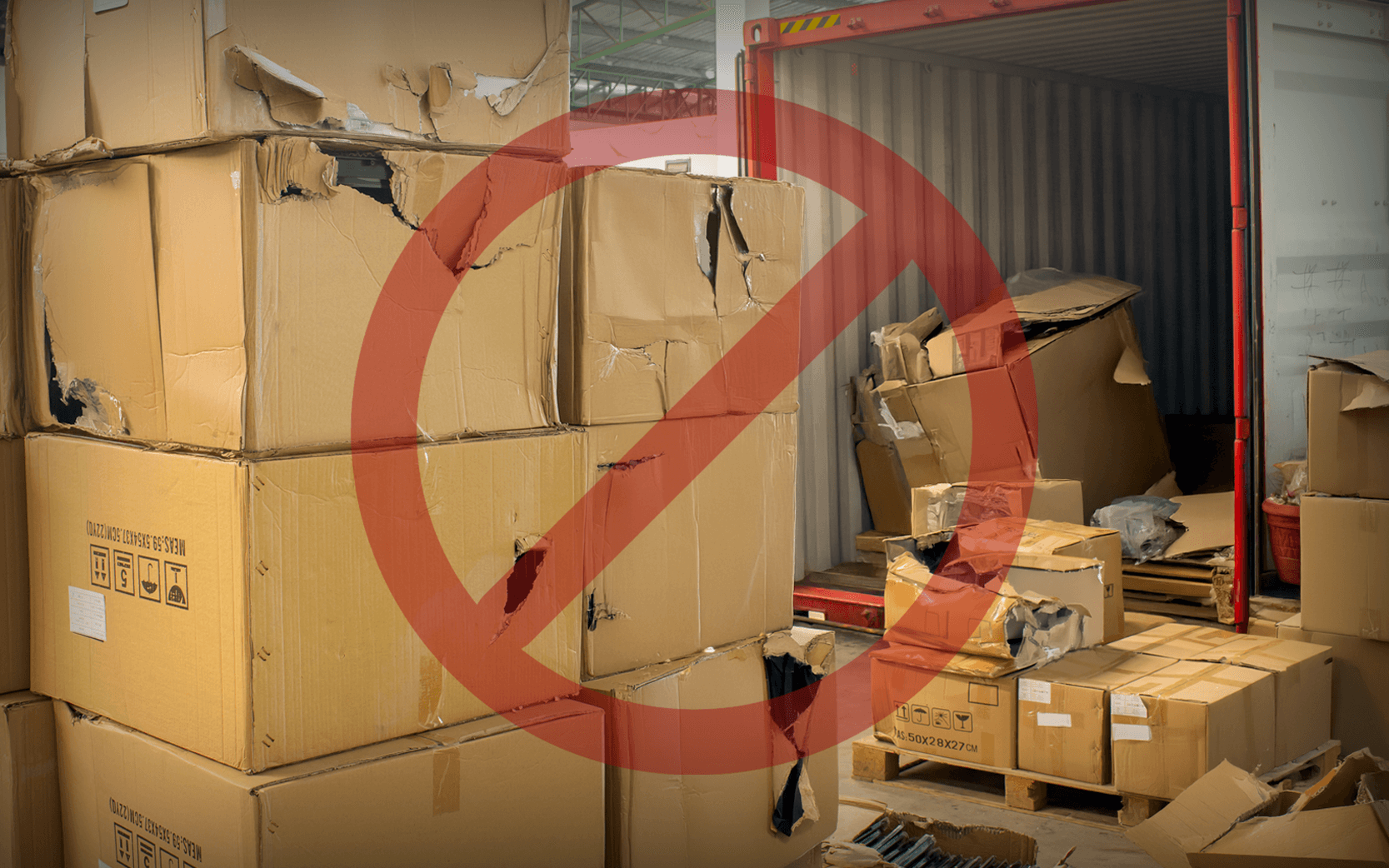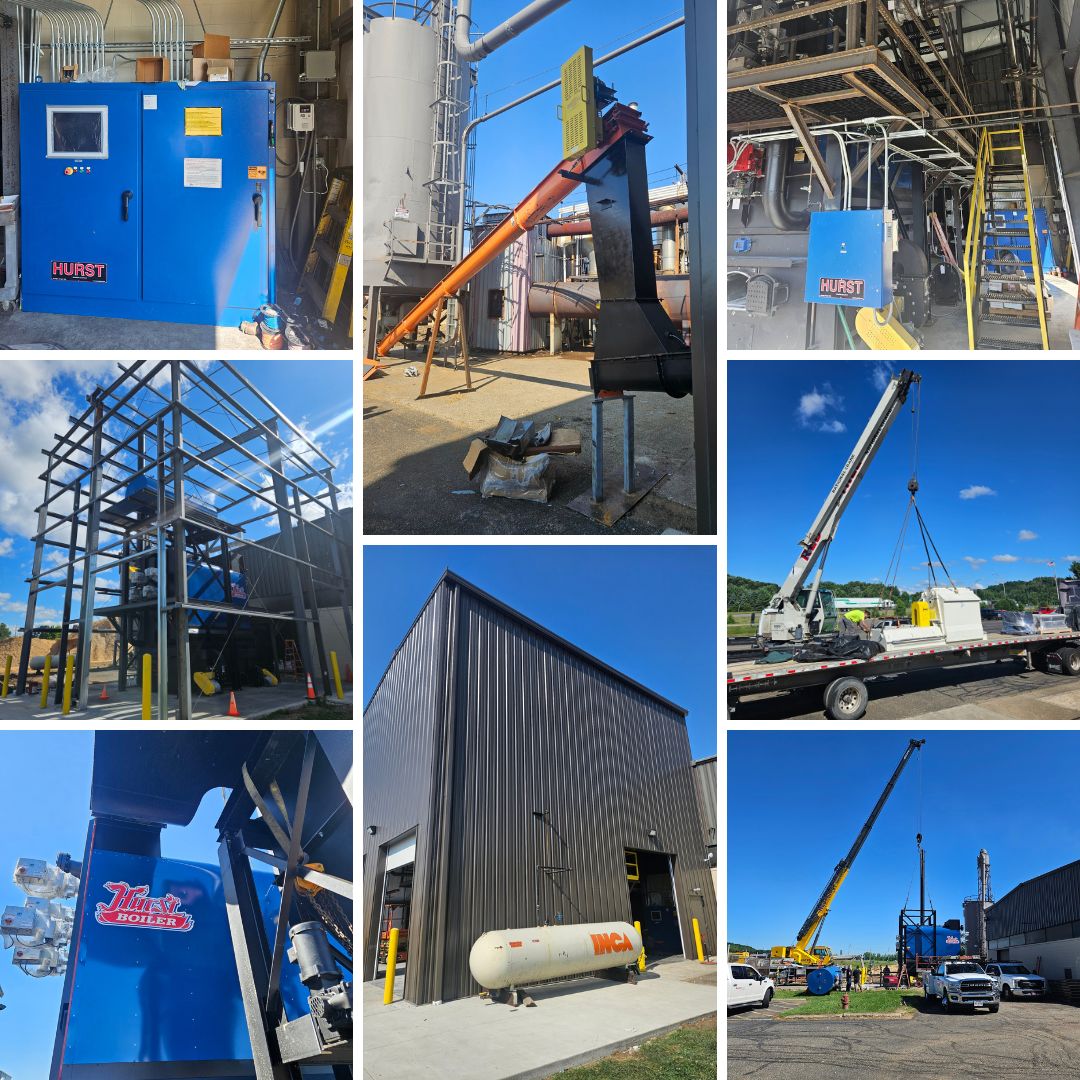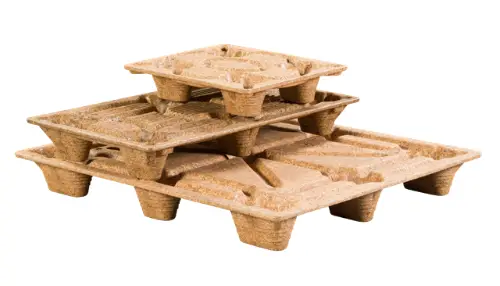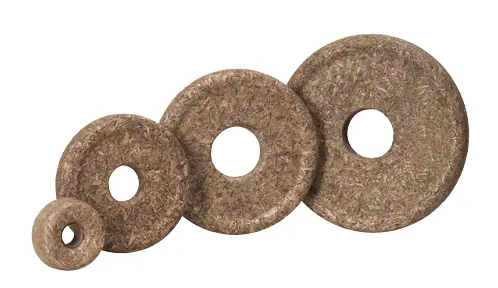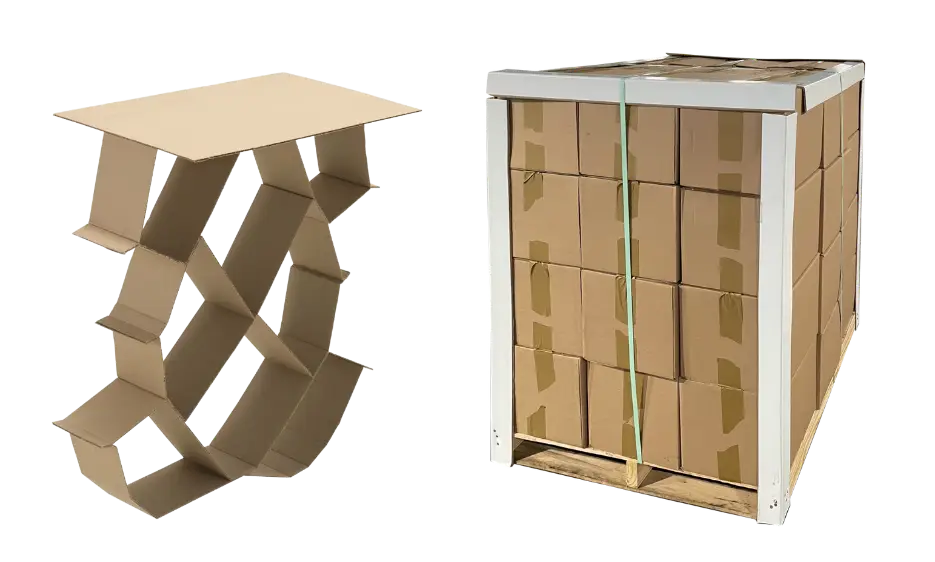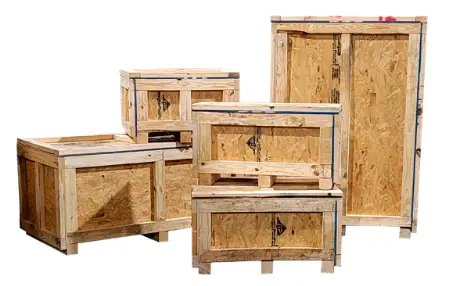Increased price sensitivity and poor receiving procedures have conspired to create a perfect storm that is bad news for pallet buyers. To the untrained eye or a rushed forklift operator, one load of 48” x 40” GMA’s may look just like the next. Although there are many reputable vendors in the pallet business, our industry also has its share of suppliers willing to cut corners in order to undercut the competition and win a customer’s business. Rick LeBlanc’s recent Pallet Enterprise article offers helpful pointers aimed to ensure the quality and quantity of your next pallet delivery.
One easy way for pallet suppliers to take advantage of unsuspecting buyers is to bill for more pallets than they actually ship. Invoices for 26 stacks of 20 pallets might mysteriously arrive as 24 stacks of 20, or 26 stacks of 19 pallets. If you don’t maintain an accurate, delivered pallet count and communicate this information to accounts payable, you could end up receiving fewer pallets than actually purchased.
Quantity isn’t the only way pallet buyers are taken either; many of the corner cutting strategies deployed by less-than-reputable vendors affect specification of the finished product. A small sample of cost cutting tactics that results in an inferior delivered product includes:
- Use of lower grade lumber, under-sized lumber (e.g., 3.0” deck boards instead of quoted 3.5” material), or substituting for a less expensive species of wood
- “Forgetting” to stencil or brand pallets
- Skimping on quantity or quality of nails
Identifying ways a pallet order can fall short of specification is a good start, but what specific steps should buyers take to ensure delivery that meets required specs? Visual inspection for stencils and brands is an easy, albeit time consuming step; the use of substandard lumber and skimping on the quality or quantity of fasteners requires greater vigilance. Some large buying groups utilize third party inspection services while others address quality concerns by opting for rental pallets (CHEP, PECO, iGPS) or pallet pools with stringent quality assurance standards (CPC, EPAL, 9BLOC).
Although not specifically mentioned in the article, switching to presswood pallets represents yet another alternative to ensure the quality of your next pallet delivery. Thanks to our unique production process that combines recycled and waste wood materials using intense pressure and heat, each molded INCA pallet is nail-free, with uniform deck thickness and dimensions. Our production process and quality assurance programs ensure that all pallets from a particular duty rating will share nearly identical dynamic load and deflection capacities, allowing our customers to purchase with confidence. Gone are worries over materials substitutions, use of under-sized lumber, inadequate fasteners, or taking delivery of pallets that do not meet your specifications.
For companies unwilling or unable to go the rental / pallet pool route, or applications where molded presswood is not a viable option, the advice is simple: know your vendor. Dealing with suppliers with sound quality assurance programs and proven track records may not yield the cheapest available pallet available, but it will land the least expensive pallet that consistently meets your specifications.


